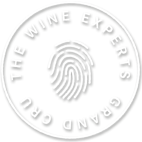PRIVATE DINING
Book your event in the unique ambience of our Vinoteca

CHANDON GARDEN SPRITZ MAISON CHANDON
PRIVATE DINING
Book your event in the unique ambience of our Vinoteca
OUR TEAM
offers an individual service tailored to your needs:
Get to know our wines and contact us.
Contact us
or just stay up to date on news about Grand Cru
Producer: Domaine Chanterêves
Vintage: 2022
Country: France
Region: Côte de Beaune
Categorie: white wine
Bottle size: 75 cl.
Alcohol content: 13.5 %


